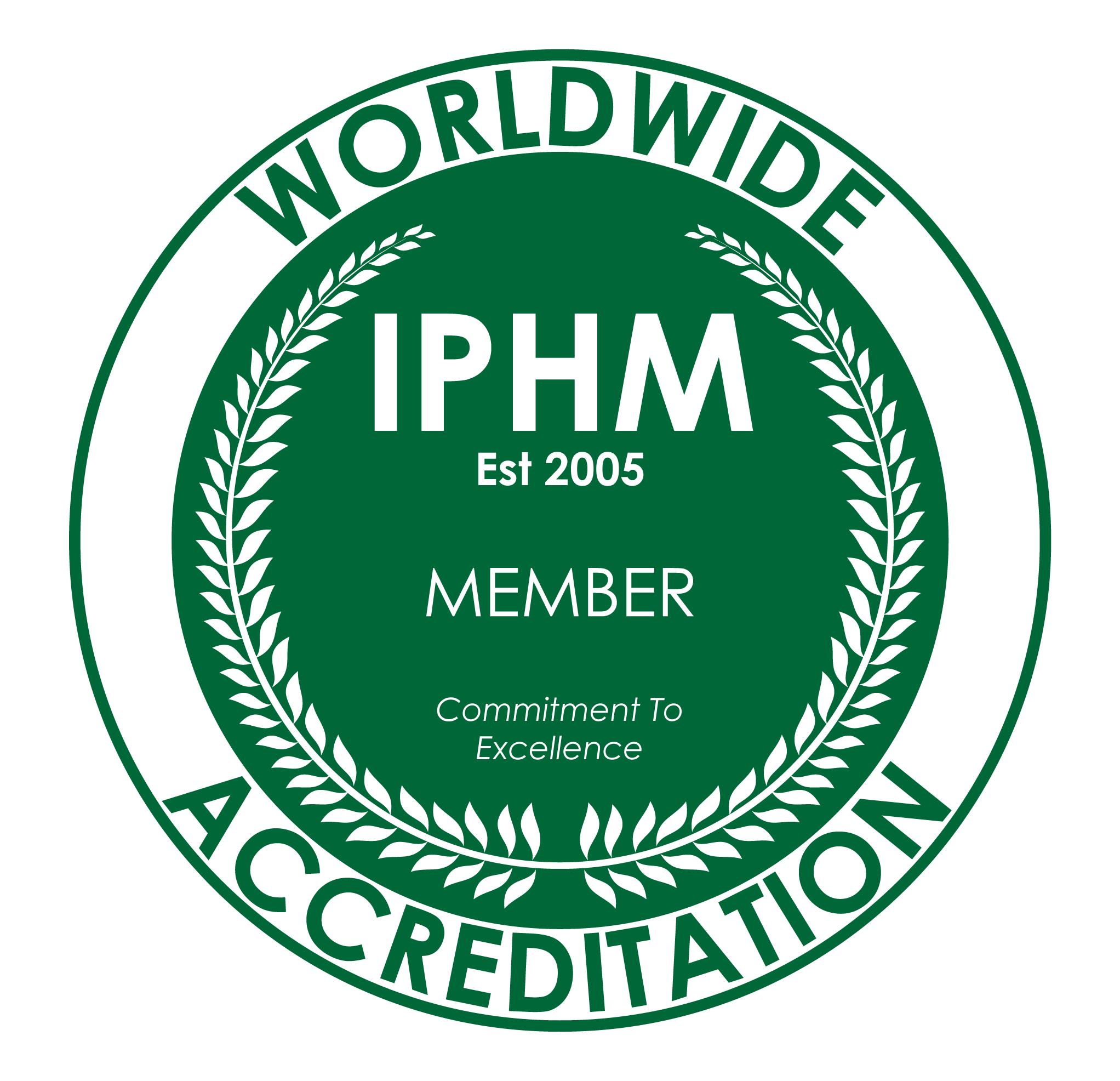Discover the transformative power of blending William Glasser’s concept of positive addiction with the grounding techniques of somatic therapy.
The body, a remarkable vessel of memories, sensations, and experiences, often holds onto trauma long after the mind has tried to forget. Enter the realms of Positive Addiction and Somatic Therapy—two powerful approaches that, when combined, offer a holistic path to healing and well-being.
What is Positive Addiction?
Introduced by Dr. William Glasser in the 1970s, positive addiction refers to beneficial habits or activities that individuals voluntarily undertake. These activities, whether they are meditation, jogging, or creative writing, provide serene moments where the mind can rejuvenate, leading to improved mental health and resilience.
How Does Somatic Therapy Come Into Play?
Somatic therapy operates on a foundational belief: the body not only recalls experiences, but it also becomes a reservoir for unresolved trauma. When we experience trauma or severe stress, our body’s “fight, flight, or freeze” response is activated. Over time, and without resolution, these responses can become trapped within our physical self. They manifest as chronic tension, anxiety, or even physical ailments.
Somatic therapy bridges the gap between the mind and body. Rather than focusing solely on talk therapy, which largely engages the cognitive mind, somatic therapy invites individuals to tune into their physical sensations. Through practices like guided visualization, deep breathing, and movement exercises, individuals are encouraged to observe and release these trapped emotions and patterns.
By doing so, it not only offers relief from physical symptoms but also provides an avenue to process and heal emotional scars that might have been overlooked in traditional therapeutic approaches.
The Synergy of Combining Both
The blend of positive addiction and somatic therapy is like merging a focused mind with an awakened body. Here’s why their intersection is groundbreaking:
- Comprehensive Healing: Positive addiction offers mental clarity and strength, while somatic therapy addresses bodily tension and trapped emotions. Together, they create a more comprehensive approach to healing that acknowledges both cognitive and physical dimensions of well-being.
- Reinforced Resilience: As individuals engage in positive addictive activities and simultaneously practice somatic awareness, they begin to cultivate a resilience that’s anchored both in mental fortitude and bodily awareness.
- Enhanced Mind-Body Connection: While positive addiction fosters a routine and discipline, somatic therapy deepens the connection to one’s physical sensations. This powerful combination ensures that individuals are not only mentally engaged in their healing practices but also physically present and receptive.
Practical Tips for Integration
- Walking Meditation with Somatic Awareness: As you undertake a walking meditation, be acutely aware of every sensation. Feel the texture of the ground, the temperature of the air, the subtle movements in the muscles with each step. This heightened awareness can magnify the benefits of the meditation.
- Journaling with Body Scans: After expressing your feelings through writing, take a moment to perform a detailed body scan. Start from the toes and move up slowly, identifying any areas of tension or relaxation. This practice can help correlate emotional expressions with physical sensations, providing deeper insights into one’s emotional landscape.
- Yoga, Breath Awareness, and Grounding: Incorporate somatic exercises into your yoga routine. For instance, as you transition into a pose, take a moment to ground yourself, feeling the earth beneath you. Focus on your breath, visualizing it reaching areas of tension and gently releasing them. Over time, this integrated practice can make yoga sessions more therapeutic and holistic.
Practical Tips for Integration
- Walking Meditation: Combine the rhythmic motion of walking with keen awareness of every footfall. Feel the ground beneath, the sway of the arms, and the rhythm of the breath.
- Journaling with Body Scans: After a session of writing, perform a body scan. Notice any tension or release in the body corresponding to the emotions poured out on paper.
- Yoga and Breath Awareness: As you move through yoga poses, integrate somatic breath awareness. Feel the expansion and contraction of the chest, grounding each pose.
In Conclusion
The body’s innate wisdom, combined with the serenity of positive addictions, paves the way for holistic healing. By listening intently to what our bodies communicate, we can usher in an era of enhanced well-being, resilience, and inner harmony. Embrace the powerful combination of positive addiction and somatic therapy, and let the journey to holistic health begin.
How I Can Help: Somatic Therapy with Abi Beri
As a certified therapist, I, Abi Beri, offer specialized somatic therapy sessions across Ireland. With clinic locations in Dublin, Naas, and Newbridge, I aim to make holistic healing accessible to all. For those who prefer or need remote sessions, I also provide online consultations. Beyond somatic therapy, my training encompasses a spectrum of holistic therapies, ensuring a comprehensive approach to your well-being. Together, we’ll embark on a journey to align your mind and body, tapping into the power of integrated healing.








